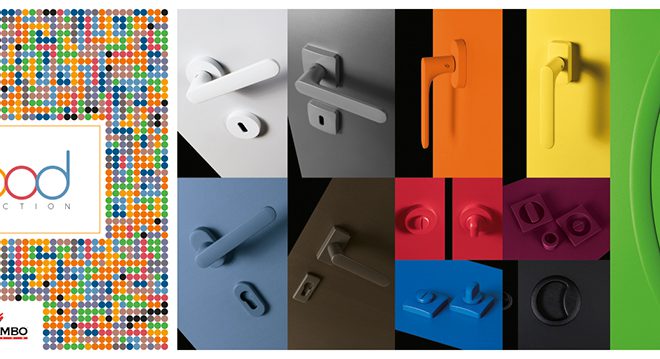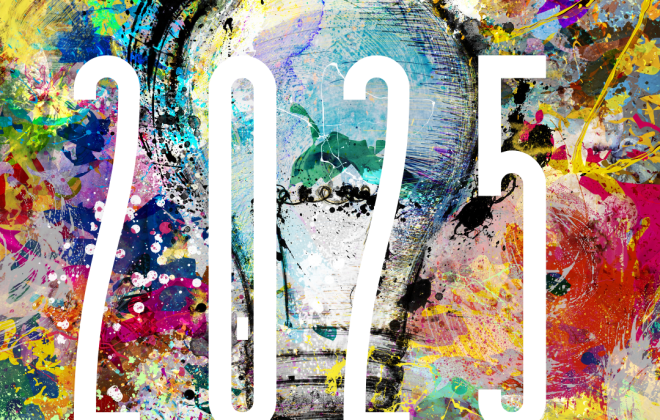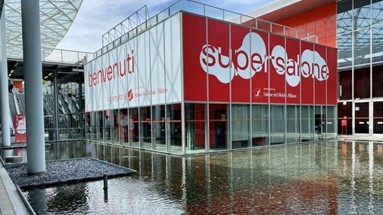“PANORAMA” OF THE WORKS OF KONSTANTIN GRCIC
he future is here. Or rather, it’s at the Vitra Design Museum in Weil am Rhein, near Basel, where the German designer Konstantin Grcic who, in 2004, designed the Meta handle for Colombo Design presents his individual exhibition, with a preview of how we will inhabit the homes, cities and offices of the future. A dreamlike panorama which is open to free interpretation until September 14th.


Konstantin Grcic is without doubt one of the most important designers of our time.
His projects amalgamate industrial aesthetics with experimental and artistic elements; they are intellectual and functional, voluminous and, at times, rather irritating. “Chair-ONE” (2004) and the “Mayday” lamp (1999) are already regarded as icon classic design objects.


Classic displays of his works have never appealed to Grcic, and this is why this exhibition is presented like a design project.
The exhibition title “Konstantin Grcic – Panorama” gives a clear hint on the scenario that has been created with three installations specifically designed for the event, and a clear indication of his personal vision of life in the future: the interiors of a home, the atelier of a designer and an urban area.
The exhibition flows from the present to the future, from fantasy to reality narrating a comprehensive story of the history of design, enhanced by a range of futuristic images.

The first section of the “Panorama” exhibition simulates a huge window that overlooks an airport, where Grcic has intentionally included a most unusual glimpse of domestic life.
As Grcic explains: “In our cities which are increasingly gentrified, with sky-high prices in the central areas, living in the vicinity of the so-called non places, or more simply places like airports, could become a common if not everyday reality. Or, if one wants to see the glass half-full rather than half-empty, one could imagine that the vicinity to an airport could be an exceptionally practical choice, in a world where people are travelling more and more, rather than an imposed condition”.


The second section of the exhibition presents the reconstruction of a design studio which is half-way between a futuristic laboratory and a cave. A long metal table hosts some prototypes designed by Grcic, whilst the scenes of a typical working day in his studio in Munich are projected onto a screen; the film clip illustrates how new technologies are now commonly exploited in the work of the designer.
The contrast between the cave and hi-tech devices highlight the futuristic vision that dominates the design sector and poses a number of questions to visitors concerning the role that designers have in today’s society.


The third area, bearing the name “Public Area”, displays what many consider to be the most important part of the exhibition, the 30 metre long panoramic image of a futuristic architectonic landscape with countryside fields, cities full of traffic, coastal areas, sea shores, slum areas and the reconstruction of imaginary buildings.
The futuristic atmosphere is rendered even more lifelike by a collage of natural sounds and metropolitan hubbub.
A number of interior design objects are also displayed in this section such as, for instance, some models of the “Chair-ONE” and a large lamp.
The impression is that, in this environment, the visitor feels more like an actor as he plays the part of a designer.

The final area of the exhibition is dedicated to providing a glimpse of the everyday work of Konstantin Grcic. Among his most renowned works, there is “Meta” by Colombo Design, the sleek and streamline door handle, available with a chrome or chromate plated finish. This is what Grcic has to say about the handle: “I believe that no object ever exists purely on its own. this way of looking at the world turns even the simplest little thing into part of a hugely complex system. it would be strange to speak of a doorhandle without talking about the door. in turn, the door relates to space – or rather, to two kinds of spaces: inside and outside. every space has its own sound and light. than there are all the things, the objects and furniture, that are part of the space. and of course there are the people who inhabit it. we can never speak about objects without imagining people using them.”A handle viewed as a small piece of architecture, in addition to an object of industrial design; a small scale project expressing the detail inherent to the construction of space, and not as a secondary element.


There are also other products, prototypes, designs and various objects, including works of art of other designers that have in some way inspired Grcic, such as an old tea pot and the first Apple computer, and the works of Marcel Duchamp, Gerrit Rietveld or Enzo Mari.
With a change in perspectives, from the smallest to the widest of contexts, the exhibition highlights that, for Grcic, design is not simply a solution to a problem, but also an associational relationship with images, randomness, discontinuity and exploration.


Konstantin Grcic was born in Munich, Germany in 1965. After training as a cabinet maker at Parnham College in England he studied Design at the Royal College of Art in London from 1988-1990. Since setting up his own design practice Konstantin Grcic Industrial Design in Munich in 1991 he has developed furniture, products and lighting for some of Europe´s leading design companies such as Agape, Authentics, ClassiCon, Driade, Flos, Iittala, Krups, Lamy, Magis, Moormann, Moroso, Muji, Whirlpool. Konstantin Grcic creates industrial products widely described as pared down, simple, minimalist. What sets him apart from the minimalsm in fashionalble currency today is that he defines function in human terms, combining maximum formal strictness with considerable mental acuity and humor.



